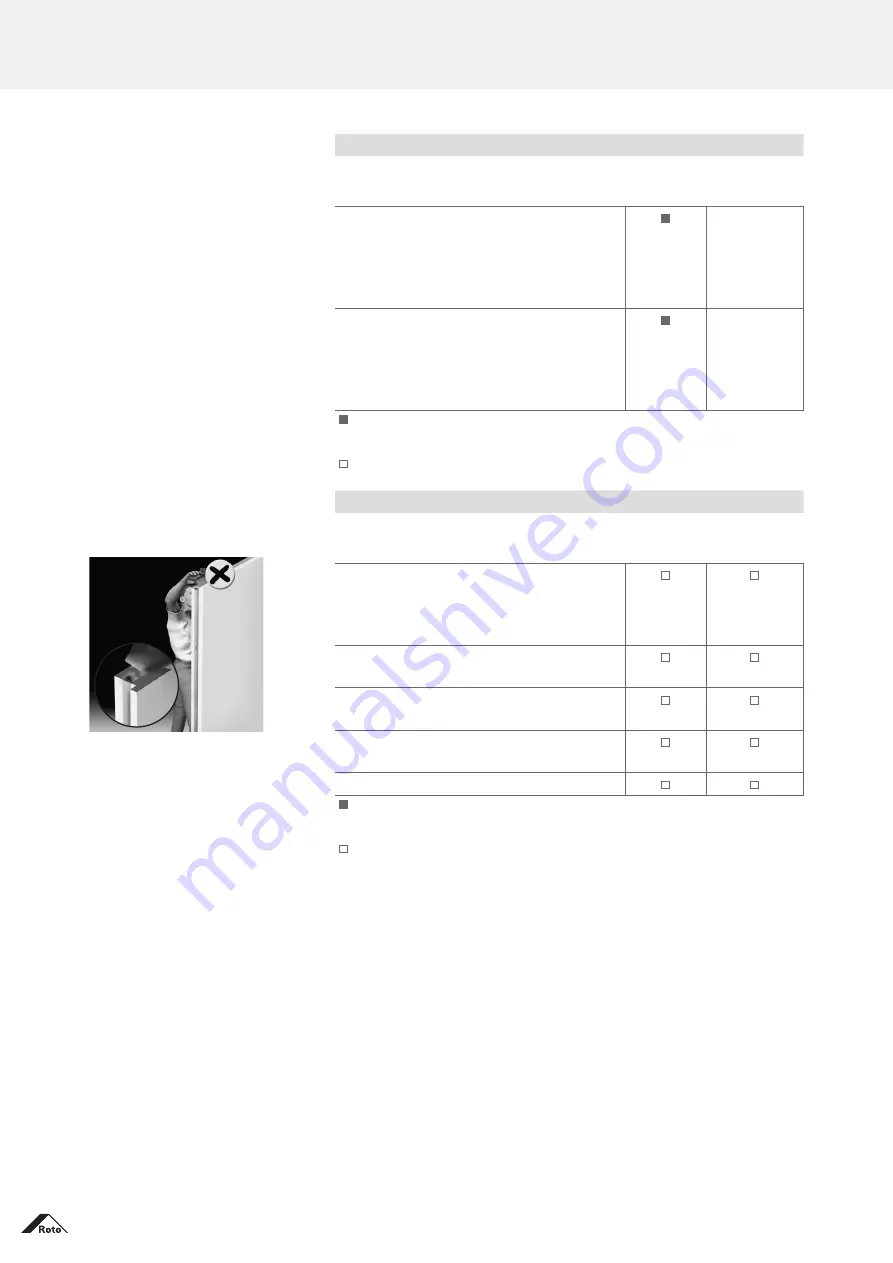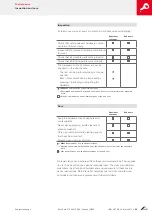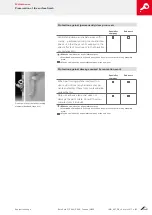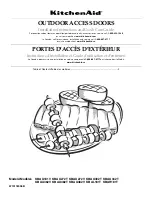
60
July 2017
IMO_457_DE_v0
Roto Safe C | C600 | C600 – Tandeo | H600
Subject to change.
Protection against corrosion
Specialist
company
End users
Avoid aggressive vapours (e.g. produced by
formic acid, acetic acid, ammonia, amine
compounds, ammonia compounds, aldehyde,
carbolic acid, chlorine, tannic acid, etc.)
around the doors.
–
Do not use any acetic acid-crosslinking or
acid-crosslinking sealants or those with the
aforementioned constituents as both direct
contact with the sealant and its fumes can
attack the surface of the hardware.
–
=
Must
be carried out by a specialist company
–
=
Must
not
be carried out by the end user; the end user must not perform any assembly
work.
= May be carried out by a specialist company or the end user
Protection against contamination
Specialist
company
End users
Remove deposits and contaminants caused
by construction materials (construction dust,
plaster, stucco, mortar, cement, etc.) or the
like before they bond with water.
Keep the hardware free of deposits and
contaminants.
Never use aggressive, acidic cleaners or
abrasive cleaners.
Only use mild, pH-neutral cleaning agents
that have been diluted.
Always clean using a soft cloth.
=
Must
be carried out by a specialist company
–
=
Must
not
be carried out by the end user; the end user must not perform any assembly
work.
= May be carried out by a specialist company or the end user
Maintenance
Preservation of the surface finish
Various types of contamination
in the upper area of the door leaf
(e.g. plaster residues) must not
be wiped towards the lock (face-
plate) – contamination can enter
behind the lock faceplate of the
lock and then block the lock.





































